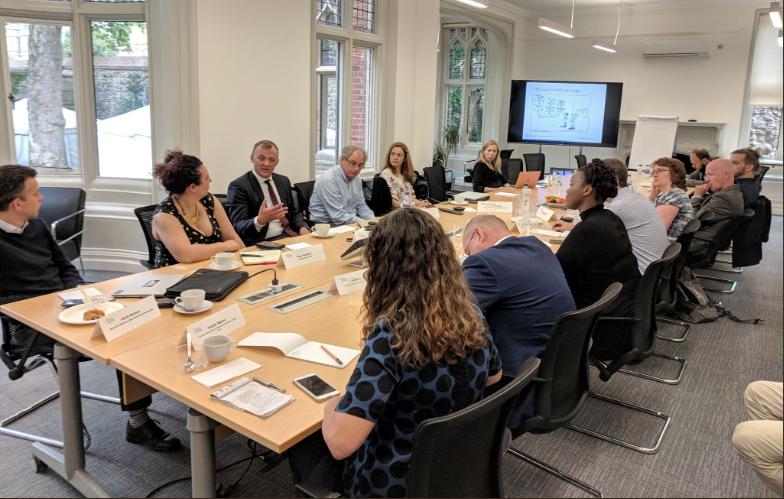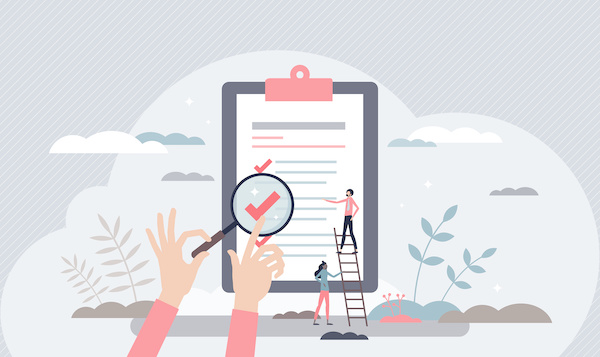Recommended
“For all the talk of big data, coding, and smart everything, capitalism’s dirty secret is that it runs on Excel,” said one participant at a recent CGD roundtable in London on open financial modelling “and few using the spreadsheets know how they work.”
When companies and governments sit down to negotiate the terms for major deals with the private sector, workhorse spreadsheet models are what underpin projections of revenues, costs, and profits over time. Both companies and government agencies should have their own models. But in practice, on the government side, there is often no model at all. And even where there is, they are poorly understood, narrowly shared, and rarely if ever updated, leaving the public completely in the dark about how public assets and deals are managed.
It is increasingly common for public contracts to be published, particularly in the extractives sector. But the legal documents and calculations involving complex projects like hospitals, airports, and toll-roads can be impenetrable. The missing link is the spreadsheet model.
For the past five years, the Berlin-based company Open Oil has been working with governments and others to produce open models on oil, gas, and mining projects, and to train government officials and others on how to use and build them themselves. Public policy modelling takes two forms: in some cases the models themselves can be published online for direct use by the public, the media, and civil society to inform scrutiny and debate of the deal; in other cases, the institutional culture of government institutions is such that they are not ready to publish models. Even here, however, adopting open financial modelling methodologies and using open data can help public agency build financial analysis. This approach can mean the difference between a model locked up on one person’s computer in a single line ministry, and one that is used across government. This has delivered results such as insight into the cost of a tax holiday in Cote d’Ivoire, budget forecasting and setting fiscal regimes in several countries, and highlighting what information is needed in the public domain to adequately assess an oil project in Chad. Project models in the public domain can help manage expectations about how much a project will cost, or when it will deliver revenues.
The CGD roundtable met to discuss whether and how the same idea might be applied to deals in other sectors, such as healthcare, power, and infrastructure projects. Seven key points were raised:
-
Convergence: Over the course of the contract, prices and conditions can evolve. When both sides of a negotiation have a model into which they can integrate information and assumptions in the process, they can negotiate and manage future changes. For example when a deal involves the delivery of a certain amount of public benefit (such as a housing development to include a certain number of affordable housing units), if the developer seeks to renegotiate these terms because of changes in economic conditions, the public entity (and the public) needs a baseline of expected economic outturn for the project in order to accurately assess whether said changes are justified.
-
Confidentiality: While contracts are increasingly being published, in many countries there is an exemption which allows commercially sensitive information to be redacted (this is an area where a new CGD working group is developing principles). Often the information requested to be redacted is precisely that which is needed to build a project economic model, such as detailed prices and gainsharing. Sometimes it is details of the internal models themselves. One response to this is “a lot more modelling is possible with a lot less data then you think,” and secondly, public models can show why particular pieces of information are needed in the public domain in order to judge the value for money of the deal.
-
Capability and critical mass: Developing the ability to use, maintain, and build models is as important as the models themselves. Open Oil take a pyramid approach, starting with cheap online training in Excel and modelling for anyone and everyone in the department, and moving on to project specific modelling. For models to be used, useful, and updated requires a critical mass of users and super-users. It is not enough to have one person who knows how to use or update the model. Where models are embedded in decision making there is a broad base of people with spreadsheet skills, and a set of “super users” and model developers.
-
Context: A key question raised was whether the modelling approach can be applied to different domains of expertise by the same people. Do you have to know a lot about mining or hospitals before you can build the model? In the investment and commercial sides, modelling is mostly a domain-neutral technical skill. For the open modelling approach to be transposed does not depend on building a cadre of modellers for each sector, but instead depends on designing an overall architecture which brings together access to data, generic quantitative reasoning skills, and domain expertise.
-
Commodities vs collaboration: The open modelling approach has been demonstrated for the extractive sector where projects will generate a few simple products, with clear production processes and prices determined by world markets. There are uncertainties in geology, in markets, and in factors such as political stability, but nevertheless the number of variables in the model are limited. Contracts for innovative services, collaborative development, or complex projects are likely to offer a different set of challenges for modelling.
-
Counterfactuals: A key use for modelling is in testing whether a project should be developed through a private finance/PPP approach, or whether the government should fund it from its own fiscal resources, procuring inputs and paying for them directly. However, when these analyses are made the parameters may be manipulated to generate the answer preferred by particular players. Putting this model in the public domain can help to improve and scrutinise it.
-
Catastrophe insurance: Another example of open modelling comes from the field of insurance. The Oasis Loss Modelling Framework is an open-source platform for modelling losses from catastrophes such as earthquakes, floods, and tsunamis. It was set up by the global (re-)insurance community, to develop and share open-source models and seeks to support a better understanding of risk in insurance
There was a wealth of experience, and careful consideration in the room (and on the phone), from experienced modellers, open data activists, those with experience of using the open modelling approach in the extractives sector, and those with experience negotiating and developing complex projects.
The feedback from this first discussion suggests the following idea: that there could and should be a fresh approach to building financial modelling capacity to handle most public assets, across government in both developed and developing countries—and is worth further exploration. Modelling is not, of course, a silver bullet, but understanding the basis of the long-term deals that governments are entering into is a necessary, if not sufficient, condition to making those deals work.
Disclaimer
CGD blog posts reflect the views of the authors, drawing on prior research and experience in their areas of expertise. CGD is a nonpartisan, independent organization and does not take institutional positions.






